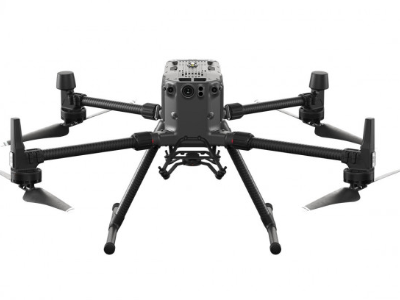
Why Drones are important on Commercial Construction Sites?
Drones have become increasingly valuable in the construction industry, offering various benefits and applications on commercial construction projects. Here are several ways drones can help in the context of commercial construction:
Site Surveys and Mapping: Drones equipped with cameras or LiDAR (Light Detection and Ranging) sensors can quickly and accurately survey construction sites. They can capture high-resolution aerial images or generate 3D maps of the area, providing detailed topographic information and helping with site analysis, project planning, and design.
Progress Monitoring: Drones can regularly capture aerial imagery or video of construction sites, allowing project managers and stakeholders to monitor the progress of the project. This helps identify any delays, evaluate work quality, compare as-built conditions with design plans, and facilitate effective project management and decision-making.
Inspections and Safety Assessments: Drones can access hard-to-reach or hazardous areas of a construction site, such as tall structures, rooftops, or bridges. They can provide visual inspections and collect data on the condition of structures, roofs, facades, and other elements. This enhances safety by reducing the need for workers to physically access dangerous areas and enables early detection of potential issues or defects.
Material and Equipment Delivery: Drones equipped with payload capabilities can transport small tools, equipment, or supplies to different areas of a construction site. They offer a faster and more efficient alternative to manual transport, especially in congested or inaccessible areas. This can save time and improve overall logistics on the construction project.
Communication and Collaboration: Drones enable real-time communication and collaboration among construction teams. By livestreaming video footage or images, stakeholders can remotely view and discuss construction progress, design elements, and potential issues. This facilitates better coordination, decision-making, and project synchronization.
Marketing and Documentation: Aerial footage captured by drones can be used for marketing and promotional purposes. High-quality visuals showcasing the construction site, completed projects, or architectural designs can be used in presentations, brochures, or online marketing materials. Drones also contribute to comprehensive project documentation by providing a visual record of the construction process.
Environmental Monitoring: Drones equipped with specialized sensors can monitor environmental parameters such as air quality, noise levels, or thermal patterns. This data can help ensure compliance with environmental regulations, assess the impact of construction activities, and implement mitigation strategies when necessary.
It's important to note that operating drones on construction projects may be subject to local regulations and guidelines. Compliance with legal requirements, obtaining necessary permits, and ensuring trained operators are crucial for the safe and effective use of drones in commercial construction.




